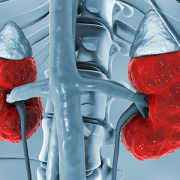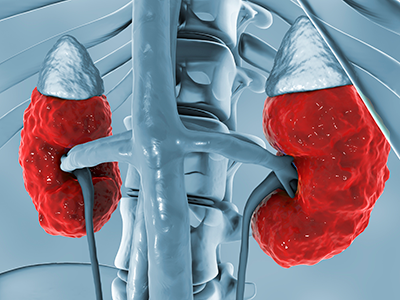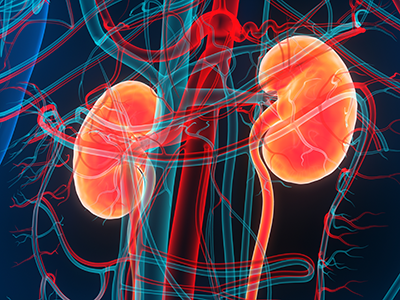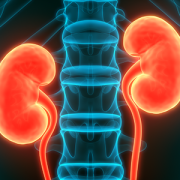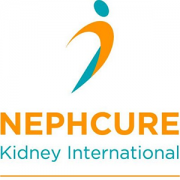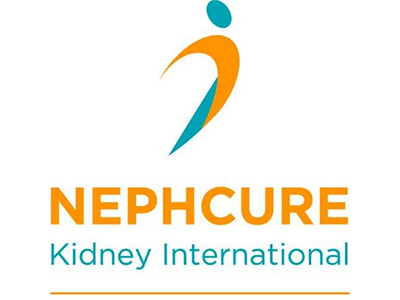The link between metabolic acidosis and cardiovascular disease in children with CKD

Denver D. Brown, MD, nephrologist at Children’s National Hospital, presented at Kidney Week 2024 on the connection between metabolic acidosis and cardiovascular disease risk in children with chronic kidney disease (CKD).
Denver D. Brown, MD, nephrologist at Children’s National Hospital, presented at Kidney Week 2024 on the connection between metabolic acidosis and cardiovascular disease risk in children with chronic kidney disease (CKD). This research aimed to investigate whether untreated metabolic acidosis could potentially contribute to cardiovascular outcomes in children with CKD, a group at high risk for cardiovascular disease and death from cardiovascular complications. Dr. Brown explains her motivation, findings and future directions for this critical research.
Q: Why did you choose to research this topic?
A: My interest in this area stems from my research interest in pediatric CKD outcomes, with a specific focus on the consequences of metabolic acidosis as well as my larger passion which is to improve the quality and longevity of life for children with CKD. There are several adult focused studies investigating theorized links between untreated metabolic acidosis and poor outcomes such as CKD progression, worse bone health/growth and higher cardiovascular risk. However, in the pediatric CKD population, the consequences of chronic metabolic acidosis remain largely unexplored but is of importance since data shows that nearly one third of children with metabolic acidosis are not receiving treatment to correct their acidosis.
Cardiovascular disease is the number one cause of death in children with CKD. Even though overt cardiovascular disease often does not manifest until adulthood, we do see risk factors emerging during childhood such as high blood pressure and abnormal cholesterol levels. So, if metabolic acidosis contributes to cardiovascular disease risk, it’s crucial to identify and treat it — especially since metabolic acidosis is very treatable
This research was in collaboration with the Chronic Kidney Disease in Children (CKiD) study, which is the largest cohort study of pediatric CKD across North America. It provided robust data on laboratory values, blood pressure, cardiovascular measurements and echocardiograms which allowed me to look deeper into the potential cardiovascular implications of metabolic acidosis.
Q: Where do you see this research going?
A: My ultimate goal is to conduct clinical trials focused on the pediatric CKD population. Children are not well represented in CKD trials as pediatric CKD is relatively rare, making recruitment for studies challenging. However, we can’t keep applying adult data to children because the causes and manifestations of CKD in kids are different.
It is my hope that this research serves as evidence that can be used for a pediatric clinical trial that investigates the benefits of alkali therapy, the treatment for metabolic acidosis. I envision studying how alkali therapy impacts not only cardiovascular outcomes but also growth and other important health domains. The data gathered from my study could ultimately be used in a multi-site trial, aiming to test alkali therapy on a broader scale across various pediatric CKD centers.
Q: Is any work being done between nephrologists and cardiologists to address this issue?
A: This specific study was more exploratory. In adults, the data on the link between metabolic acidosis and cardiovascular disease is mixed. Some studies suggest a connection, while others find no such effect when treating metabolic acidosis. My current work is focused on gathering data to determine if there’s a potential link in the pediatric population and whether it should be examined further in a future trial.
I haven’t collaborated directly with cardiologists on this research. However, this could lead to collaboration with cardiologists down the line.
Q: How is Children’s National Hospital leading the way in this research?
A: Although my research data wasn’t exclusively from Children’s National, the hospital played a pivotal role in the CKiD study, both as an enrollment site and through the involvement of Marva Moxey-Mims, M.D., chief of Nephrology at Children’s National, who played a key role in the CKiD study design and initiation.
Children’s National actively participates in, and encourages, novel and innovative research studies. Being at an institution that prioritizes and contributes to research that advances the health of children has been instrumental in my research career.





